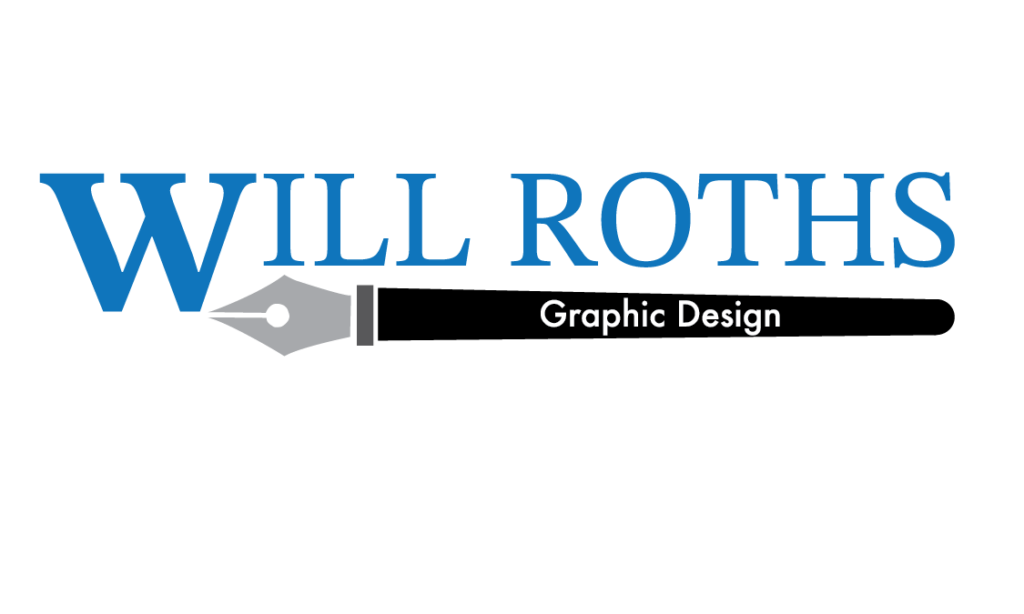1. Change playback resolution
One of the Premiere Pro tips includes changing the playback resolution of your footage. Simply go to “Program Monitor” and hit on “Select Playback Resolution” box. You can choose from “1/2” or “1/4” for HD video and “1/8” or “1/6” for 4K and above video. In case the video is 1080p, you shouldn’t select less than “1/4”. Reducing the preview quality will lessen the system burden.
2. Remember to use proxy
Here is another Premiere Pro tip. According to this, if you want a smoother editing and rendering of your clip, using proxy is a considerable way. Creating proxies will improve the performance on your computer by reducing the footage quality for the time being. At the time of final rendering of the footage, the quality will be same.
In order to use proxy, right-click on the video and pick “Proxy” > “Create Proxies” and choose file format and location of proxy. Choose “GoPro Cineform” or “Apple ProRes” followed by “OK”. Now, “Adobe Media Encoder” will be launched to render your files into easy-to-edit proxy files. Then you need to add a button in order to turn proxies on and off. Below the video preview, you may find “Program Monitor Toolbar” button.
Choose the “Button Editor” and drag the “Toggle Proxies” button on the toolbar. Quit the Button Editor then. From now on, you will see the proxy button getting turned blue when you press it. By re-pressing it, you can use the original media.
3. Use shortcuts
Who doesn’t love shortcuts? Not actually shortcuts, but everyone loves to get the work especially editing done speedily. When you know the shortcuts in Premiere Pro, you will be able to apply effects, making cuts and other things quickly. To follow this Premiere Pro tip, head to “Premiere Pro CC” followed by “Keyboard Shortcuts”. A keyboard will come up on the screen where you can notice all the shortcuts and learn them.
4. Enable Ripple Sequence Markers
As the next Premiere Pro tip, use sequence marker by pressing M and keep the track of what changes you have to do by giving the name, content and duration for markers. However, please ensure to enable Ripple sequence markers. This will shift the positions of the sequence markers when you move the clips on the time to match them.
5. Use Voiceover wisely
A video is incomplete without a voice-over. You are indeed going to use a voice-over in your video. And there are times when you aren’t having the perfectly recorded version of that voice-over yet. Well, during this wait you can utilize your time by recording a sample voice over directly over the Timeline. With the help a sample voice over you’ll have a rough idea to get through with the clip editing (trim crop etc.) meanwhile.
It is easy to add voiceover to video. For this, head to the “Settings” menu over the “Timeline” and then add a Voice-over Record button by customizing the audio track headers. Now, you simply need to hit the Voice-over Record button and you’re good to go.
Note: Set up an input sound device before hitting the record button.
6. Synchronize Audio
Syncing audio with the video can be challenging when you have to use an external recorder and move the audio file frame-by-frame. However, with this Premiere Pro hack, you can synchronize your audio track in a click. Wondering how? Choose the audio clips to be synced and right-click. Choose “Synchronize”. Select “Audio” at the bottom and the program will do the job.
7. Lag
No one likes lagging in there footage. On your system, when you add plug-ins, it may eat up internal memory thereby letting you experience lag. However, there is a Premiere Pro hack that could come to rescue. Simply head to “Edit”, “Preferences”, “Memory” and keep the “RAM reserved for other applications” lowest. This will lessen the amount of lag. You can use the tips to fix lagging issue.
8. Use Adjustment Layers
Giving a cinematic feel to the footage is never a bad idea. Using this Premiere Pro hack rather than just “Lumetri Color” for color grading, you can boost your video’s quality. You can opt for some cheap or free packs from the LUT packs. And to add a professional look, you can go for more advanced pack named as Magic Bullet Looks. Now, you can place the adjustment layer and lower the opacity as needed.
9. Dynamic Trimming
There are times when you have to do minor trimmings in your clips. And it takes full concentration for a precise trimming. For this, use this Premiere Pro hack and make your cuts perfect. With dynamic trimming, you can work in frame-by-frame to cut the video.
10. Use reverb to end audio track
Use the reverb effect to make your footage more dramatic. Choose the clip that needs to get this effect. Nest it (by right clicking) and add black video in a new sequence. You can now add the reverb effect.





